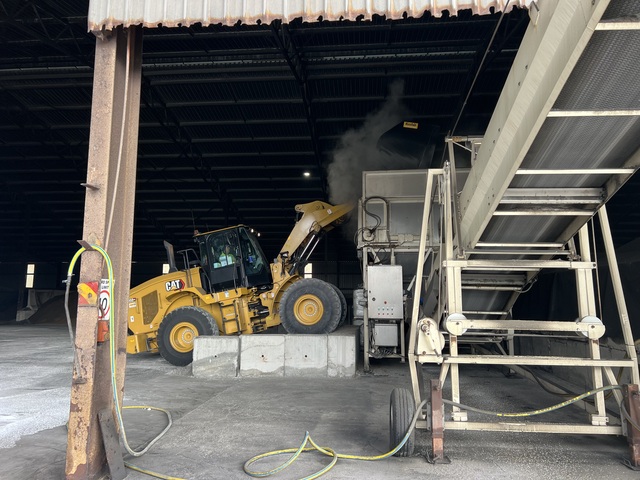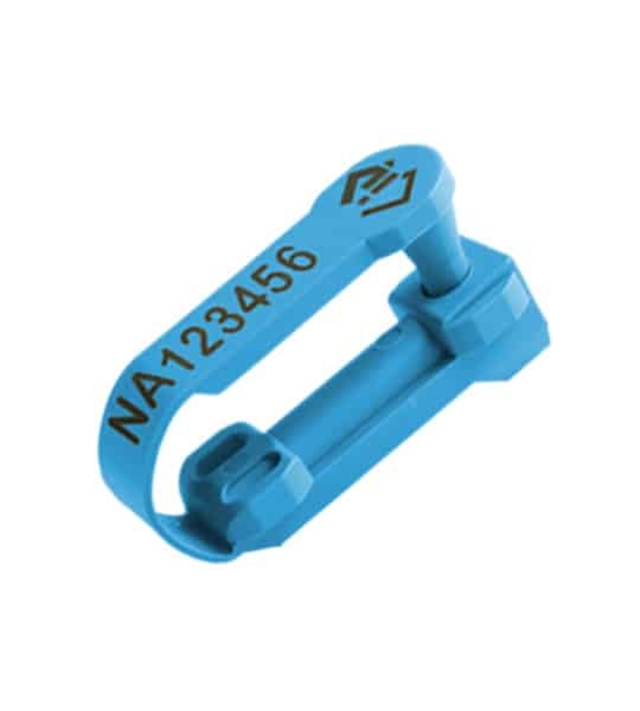Agfert’s Derryn Stringer has provided us with timely advice regarding the current fertiliser situation. Below he explains the complexities of the fertiliser market.
Fertiliser and rainfall are key to good crop production. While we have no control over rainfall, we can ensure availability of fertiliser by maintaining good communication with your fertiliser supplier.
The fertiliser situation so far
The current Indian urea tender saw more than three million tonnes offered at lower price levels. India only accepted 700,000 of these tonnes, creating a sudden oversupply of the urea market, which softened prices.
It is interesting to look back at our previous urea update in January when we made the following statement: “The commentary around these situations often lead to artificial price inflation, as retailer-induced panic can exaggerate the supply/demand imbalance, creating a distorted market scenario.”
Agfert have been clear over the last 10 weeks on where the market is at and where we believed it would go.
The industry commentary to buy everything you need at last month’s inflated pricing was concerning, and we hope our advice has allowed you to make smart decisions on your requirements.
Our strategy is to remove the panic from purchase, whilst offering sound market advice and presenting the opportunity to hold out on a falling
market, yet still ensuring supply when you require it.
The current urea market is in a great position. It has returned to early January pricing with all market pressures relaxed due to an influx of supply options.
Delivery windows are now the main driver in this space, with clear and concise options offering greater control over your purchasing strategy.
Now is the time to lock away the last of your seeding program and cover your first spreading application.
The price moving forward could soften further, and we will offer every opportunity for you to take advantage of a softening market where possible.
Guidelines for Urea supply for 2024
Urea required mid-May – end June: These tonnes should have been ordered by April 12 to ensure timely supply.
Urea required July – onward: These tonnes would need to be purchased by the end of April.
This approach has been made with the full intention to offer you a cheaper urea price.
We understand that timely supply of urea is essential to your operation and we will ensure stock will be available for collection when you require it.
If you require urea up to end June, lock it in now.
Sheep and goats are going computerised
Plastic ear tags, which are currently on all sheep for identification, are set to go the way of the Dodo! I guess this will make everything rather streamlined, much like scanning your shopping.
They are about double the price and introduction will see a subsidy provided as farmers are required to take on the new tech. Perhaps you can track your kids if they have one on their cap.
Here’s all you need to know below.
Electronic identification (eID) tags
Electronic ID tags are replacing visual tags for sheep and farmed goats. Moving from the visual tag and mob-based system to eID will greatly improve the accuracy and efficiency of livestock traceability.
South Australia is working with the federal and state governments and industry to transition to eID.
eID tagging
When Who What is required
1 January 2025 Producers Sheep and farmed goats born on or after 1 January 2025 will need to be identified with an NLIS-accredited eID tag before leaving their property of birth.
1 January 2027 Producers All other sheep and farmed goats leaving a property will need to be identified with an NLIS-accredited eID tag.
eID scanning and recording movements
When Who What is required
1 January 2025 Processors Processors must be ready to scan sheep and farmed goats identified with eID tags and record individual movements on the NLIS database.
1 January 2025 Producers Producers who conduct property to property (P2P) movements must be ready to scan sheep and farmed goats identified with eID tags and record individual movements on the NLIS database.
1 July 2025 Saleyards Saleyard operators must be ready to scan sheep and farmed goats identified with eID tags and record individual movements on the NLIS database.
The Government of South Australia has committed funding to support the first stage of eID for sheep and farmed goats.
Discounted eID tags will be available to South Australian sheep and goat producers from January 1.
An agreement has been made to provide a $0.95 discount per NLIS accredited tag with these manufacturers:
– Allflex Australia
– Datamars
– Enduro Tags
– Leader Products
– Shearwell
The discount will be applied by the retailer or tag manufacturer at the time of purchase. As a producer, you should not need to complete an application form or any additional paperwork.
The discount applies to NLIS accredited eID tags aligned to the year-of-birth colour system:
– black eID tags for 2024 (discount available from January 1 to December 31)
– white eID tags for 2025 (discount available from January 1, 2025 to June 30, 2025)
You must have an active property identification code (PIC) to be eligible for the discounted tags.
The point-of-sale discount is targeted at producers with breeding stock being kept beyond January 1, 2027, and for sheep and goats born on or after January 1, 2025, in line with national start dates.







